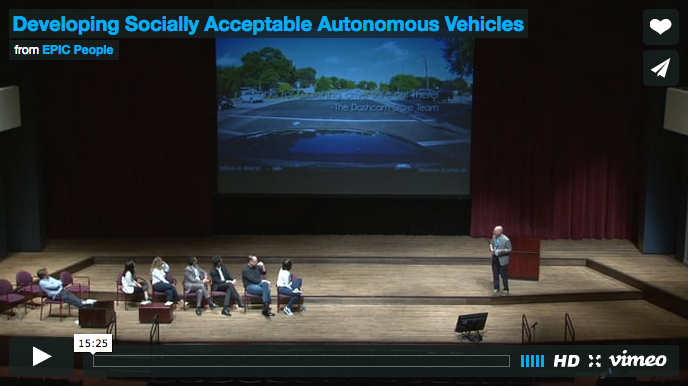Case Study—Recognizing that the movement of cars on the road involves inherently social action, Nissan hired a team of social scientists to lead research for the development of autonomous vehicles (AVs) that engage with pedestrians, bicyclists, and other cars in a socially acceptable manner. We...





